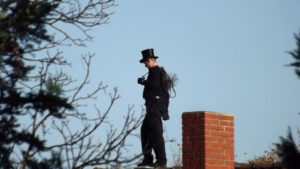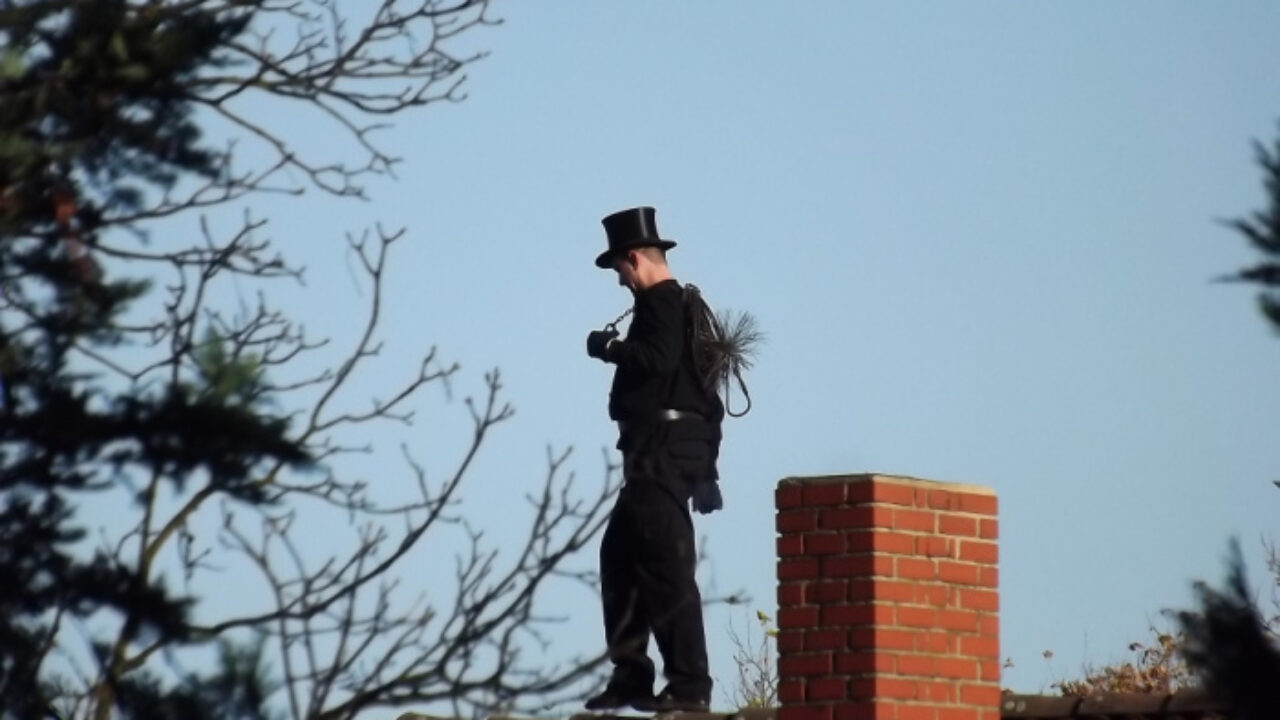Clean Chimney Sweep Charleston is a person who cleans the chimney and removes ash. A chimney works by creating a difference in pressure caused by the hot gas or wood burning inside it. This allows air to be drawn through the hot coals or wood to create a draught. The chimney may be straight or have many bends and changes in direction. Hence, it is necessary to clean your chimney regularly to keep it in good working order.
A Level 1 chimney sweep can provide a number of services. These include annual sweeping, rebuilding, and relining. They can also offer emergency service and chimney repair if necessary. They also provide insurance coverage and training to their employees. Depending on your needs, you can also hire a Level 2 sweep for more complex jobs.
A Level 2 sweep will clean the chimney and provide a detailed report. They will also inspect the chimney for damage and structural deficiencies. In addition, they will check the type of fuel used in the fireplace. In some cases, the homeowner may require a Level 2 chimney inspection if they change their fuel or make other significant changes.
If you’re considering hiring a chimney sweeper, you’re in luck. There are three levels of chimney inspections in NFPA 211: Level 1, Level 2, and Level 3. The first two are very basic checks and are usually enough to determine if you need to hire a professional. Level 3 chimney inspections can cost $500 to $5,000, but they’re only appropriate if your chimney has significant structural damage. These inspections may require the removal of walls or other structures to get to the damaged part of the chimney.
Level Two chimney inspections offer more detail than Level One inspections without damaging your chimney or causing too much damage. Chimney sweeps using this level of the inspection typically use closed-circuit cameras to evaluate your entire chimney system, including hard-to-reach areas.
A Level 3 chimney sweep is certified by the Chimney Safety Institute. This organization sets the standards for chimney inspections. It is important to understand the difference between the two types of inspections. The first one is a basic inspection of your chimney. During this inspection, a certified chimney sweep will check the inside and outside of your chimney. They will also look for problems that could cause more damage. A level two inspection, on the other hand, is an inspection of your fireplace.
Level 3 chimney sweeps are well-versed in construction techniques and can clean your chimney without risking damage. They also have workman’s compensation insurance, which helps protect homeowners. Beware of scammers who may offer outrageously low prices and may lie about the structural damage to your chimney. They may also try to persuade you to buy new liners or caps. To avoid these problems, be sure to ask for references and compare different quotes before hiring a chimney sweep. Finally, look for a company that is licensed to work in your area.
A Level 4 chimney sweep has the specialized training, so they are knowledgeable in chimney safety and maintenance. In addition to sweeping your chimney annually, they can also provide rebuilding and relining services. While you may not need this level of service frequently, it’s a great idea to hire a professional if you have a problem with your chimney.
A Level 4 chimney sweep will use a tarp to protect your home from soot and other materials. They’ll also use specialized cleaning tools such as brushes and extension poles to thoroughly clean the inside of your chimney. The process involves carefully cleaning the flue and chimney of any harmful combustion products. After this, the sweep will use a specialized vacuum with a flexible brush head. This allows the sweep to clean the chimney without damaging the building or surrounding structures.
A Level 5 chimney sweep is a licensed chimney professional who provides a thorough inspection of your chimney. Not only does a thorough inspection identify dangerous conditions, but it also protects your home. These inspectors can tell if the chimney needs a reline, needs a crown replacement, or is cracked. Cracked crowns can allow rainwater to leak into the chimney, compromising its structural integrity. This water can cause damage to your flue liner.
A Level 2 inspection is more detailed than a Level 1 inspection. It includes looking up into the flue of the chimney and other areas of the home near the fireplace. In some cases, a Level 2 inspector will even conduct a video inspection to check the condition of your chimney’s mortar joints and other structural components.
